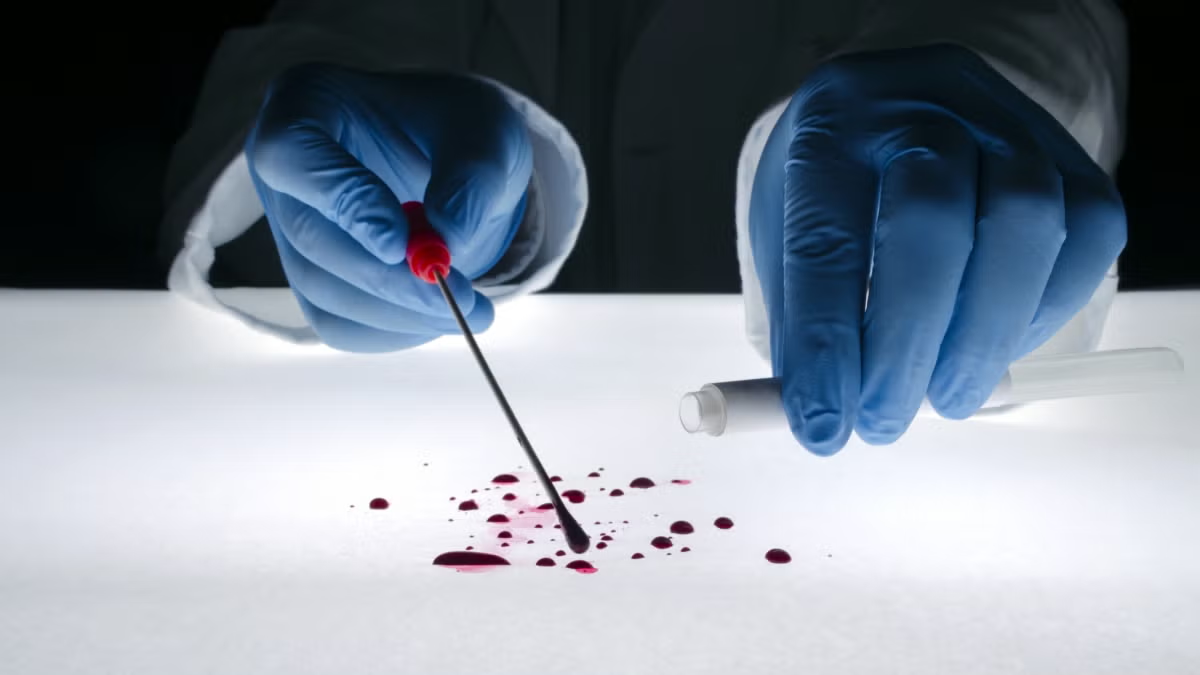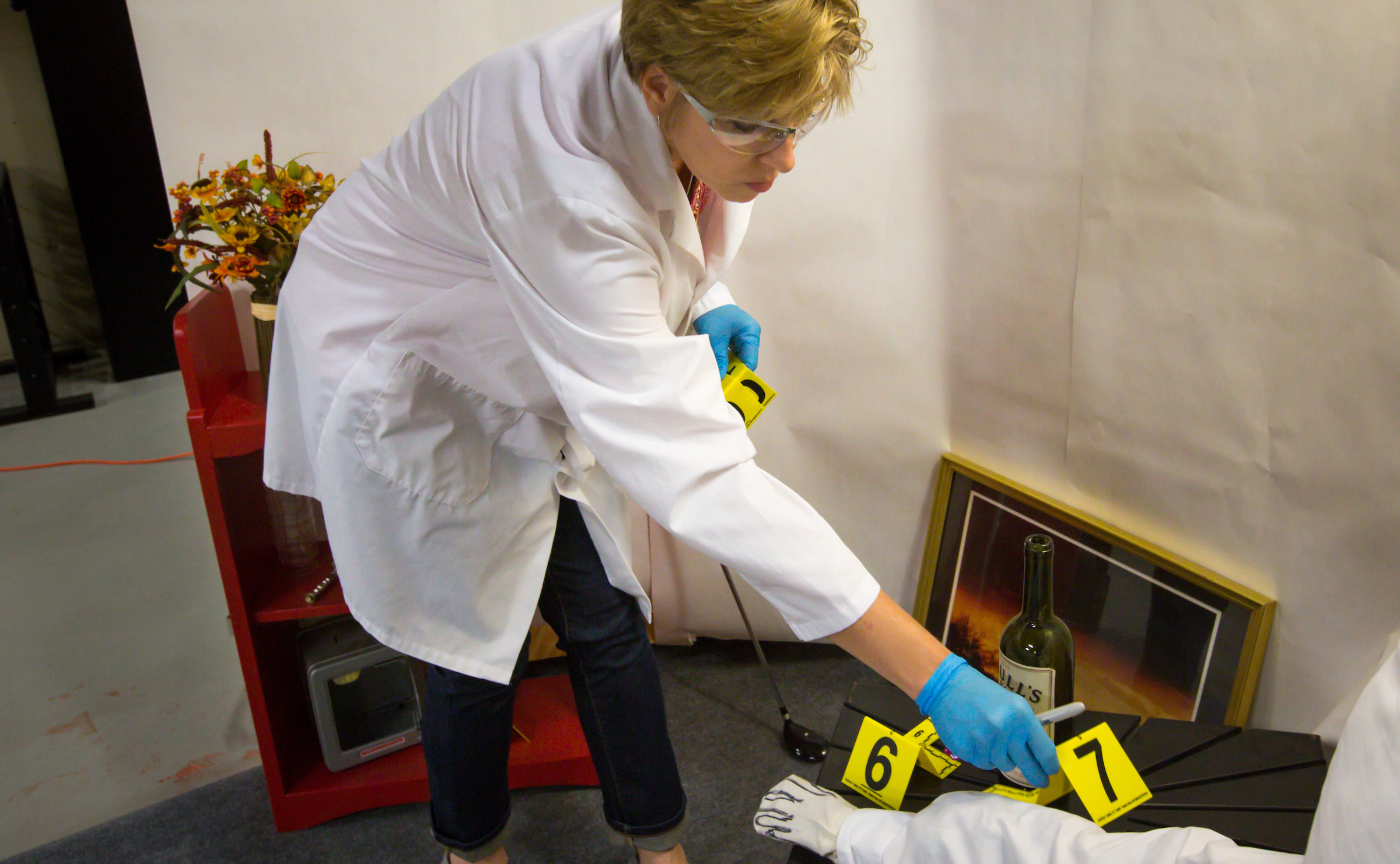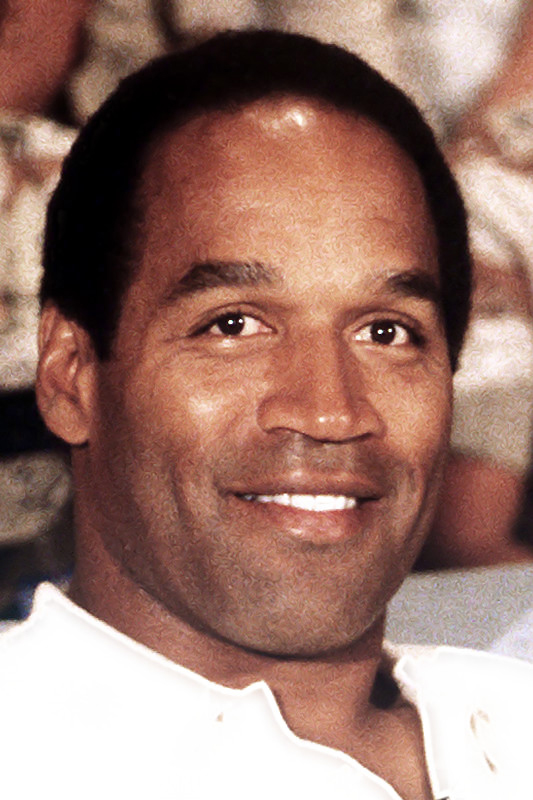It was a horrific crime: The villains tracked down mothers and their babies, killed the adults and trafficked the little ones all over the world.
Sreetharan Kanthaswamy, now a professor at Arizona State University, was part of an initiative that used DNA to reunite those family groups.
Sreetharan Kanthaswamy
“My introduction to forensics using DNA came in the form of trafficking of orangutans,” said Kanthaswamy, now an associate professor in the School of Mathematical and Natural Sciences at ASU's West campus.
“A lot of the moms would be killed so they could take the babies and send them to zoos or private collectors. But once the babies became 6 years old, the age they would have split from their mothers, they became uncontrollable,” he said.
“So the people would try to return the orangutans to national zoos, but the zoos could only house so many. So the zoos would have to repatriate them to Borneo or Sumatra.”
But the two islands have very distinct populations of orangutans.
“You can’t mix the two, so using our genetic markers helped with that — you could repatriate them to the right species of origin,” he said.
Kanthaswamy is director of the Evolutionary and Genetic Forensics Laboratory at the West campus, where undergraduate and graduate students work on research projects with DNA.
The procedures for teasing out clues from DNA in a lab is the same no matter what you’re trying to find, he said.
“Whether you’re going after a bad guy or a bad gene, the methods are the same,” he said.
Kanthaswamy has worked in both the biomedical and the forensic fields.
“In terms of the biomedical aspect, there are a lot of similar approaches. It’s a kind of forensic testing when you’re trying to figure out how this disease is caused and whether it has genetic underpinnings,” he said.
Kanthaswamy is currently studying monkey DNA to find out whether a heart disease called left ventricular hypertrophy is genetic.
“We have the monkeys and the humans. They have the same diseases and, for the most part, they have the same genes as humans,” he said. “We use the monkeys to filter out all the noise that humans have — environmental, behavioral and genetic variations — that the monkeys don’t reflect.
“We have a monkey model that we are trying to develop into a nice biomedical model to look at the faulty genes and see if the same faulty genes exist in humans,” said Kanthaswamy, who also is a genetics affiliate scientist at the California National Primate Research Center at the University of California, Davis.
Kanthaswamy and Robert Oldt, a PhD candidate in evolutionary biology at ASU and manager of the West campus lab, have honed in on a possible gene mutation for left ventricular hypertrophy and will be seeking funding to study it more.
Earlier in his career, Kanthaswamy helped to develop the use of animal DNA forensics in criminal and civil cases.
“We were getting lots of cases where they would find animal hair, particularly dogs and cats, at a crime scene,” he said. “You could use this hair to link a suspect to a crime scene, a victim to a crime scene or a suspect to a victim.
“By then the ‘CSI’ show was pretty popular and the bad guys were also watching it and improving their methods to prevent deposition of their own biomaterial — wearing gloves, wearing hairnets. But they forgot they were transporting animal hair.”
The lab analyzed animal hair in rape cases, murders and arsons. Kanthaswamy helped to develop the use of genetic markers extracted from trace amounts of dog hair at crime scenes.
His lab at ASU also can evaluate the efficiency of other DNA extraction methods. A group of undergraduates recently tested a Japanese kit that pulled DNA from teeth and found it to be effective.
“Very importantly, it gives a lot of opportunity for students to work in our lab, and I try to adapt the research scope for each student based on their career or long-term ambitions,” he said.
Clinical Associate Professor Kimberly Kobojek places numbers next to items that may be evidence during her mock investigation in the forensic lab on the West campus on July 30, 2015. Photo by Charlie Leight/ASU Now
Some of those students go on to work in the criminal justice field. At ASU, Kimberly Kobojek, a clinical associate professor in the School of Mathematical and Natural Sciences, developed the course in forensic biology. Kobojek worked for 17 years in the city of Phoenix Police Department Crime Laboratory before coming to ASU, where she teaches forensics courses.
“I always try to stress to my students that forensic science is one part of the investigation, and if you rely solely on forensic science, you may be missing other really important pieces of the puzzle,” she said.
“DNA is a great tool, but there might be other evidence that is just as compelling.”
One of Kobojek’s first “teachable moments” was when she worked in the lab and TV shows about DNA forensic evidence were becoming popular.
“We had some of our police officers and detectives say, ‘Why can’t you do it this way?’ And I was like, ‘Aha, we need to develop a training class for officers who are first on the scene — this is what’s important to look out for and this is what we can do,’” she said.
At the same time, the technology was becoming more sensitive. Detectives would find a pen at a crime scene and ask the lab to determine who handled it.
“And we did,” she said. “You’re trying to get DNA off these pieces of evidence and you think, ‘No way,’ but then you’re getting some information."
And that complicated matters.
“Is it a complete DNA profile? Is it partial? Can it be attributed? There was a whole other set of analyses you had to go through,” she said.
O.J. Simpson
The O.J. Simpson murder trial in 1995 highlighted another important consideration with using DNA evidence in court with a public that was still unfamiliar with it, Kobojek said.
“That trial was a wake-up call for crime labs on not only how to deal with internal quality-assurance issues but also teaching your scientists that not only do you need to understand your science, you need to be able to convey it in an understandable manner to the jury and the judge,” she said.
Now, detectives are able to use familial DNA analysis, a specialized software that draws from the government DNA database of convicted offenders and expands it to close genetic relatives. That method was used to solve the “Grim Sleeper” serial killer case in Los Angeles and a recent homicide in Scottsdale. Police used open-source genealogy information to crack the “Golden State Killer” case, but Kobojek said that’s tricky because the consumer genealogy kits don’t look at the same markers as a lab test of a cheek swab.
“It’s kind of a different language,” she said. “But it’s another piece of the puzzle.”
Currently, a team of undergraduate students is working on a project to determine whether an academic lab like the one Kanthaswamy directs at West campus could also serve as a commercial forensic lab.
Danielle Brokaw, a senior majoring in molecular biology, is researching the nationwide backlog in testing rape kits with two other students in Barrett, The Honors College, for their honors thesis project.
“We’re trying to replicate the standards of analysis that they’re able to pull off at those labs — like a quality check and to make sure that work from an academic lab would be accepted by the court,” said Brokaw, who is minoring in statistics and biomedicine.
She collected 40 cheek swab samples, extracted the DNA and mixed the samples together to simulate a rape kit.
“So we’re trying to figure out our quality at a one-to-one ratio all the way to one-to-10,000 in a mixture analysis,” she said.
Oldt said that the ASU lab has the same capability as a forensic lab.
“A lot of my work is extremely interdisciplinary — genetics in a biomedical and evolutionary context,” he said.
“We can apply a lot of those principles directly to forensic science.”
More stories in this series
More Science and technology

ASU postdoctoral researcher leads initiative to support graduate student mental health
Olivia Davis had firsthand experience with anxiety and OCD before she entered grad school. Then, during the pandemic and as a result of the growing pressures of the graduate school environment, she…

ASU graduate student researching interplay between family dynamics, ADHD
The symptoms of attention deficit hyperactivity disorder (ADHD) — which include daydreaming, making careless mistakes or taking risks, having a hard time resisting temptation, difficulty getting…

Will this antibiotic work? ASU scientists develop rapid bacterial tests
Bacteria multiply at an astonishing rate, sometimes doubling in number in under four minutes. Imagine a doctor faced with a patient showing severe signs of infection. As they sift through test…



